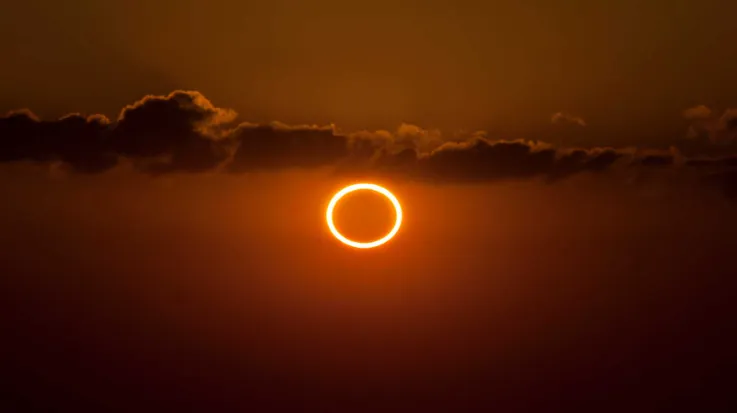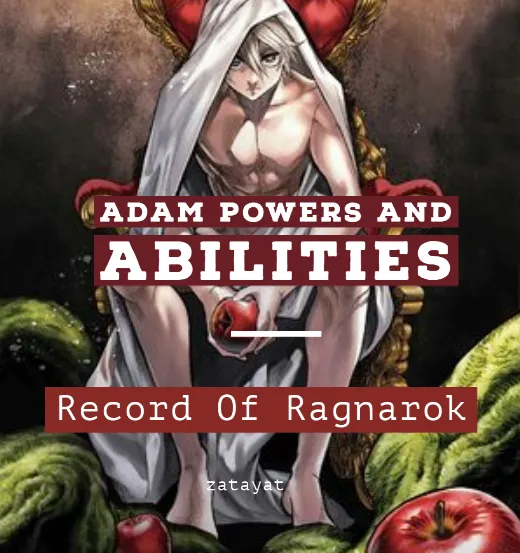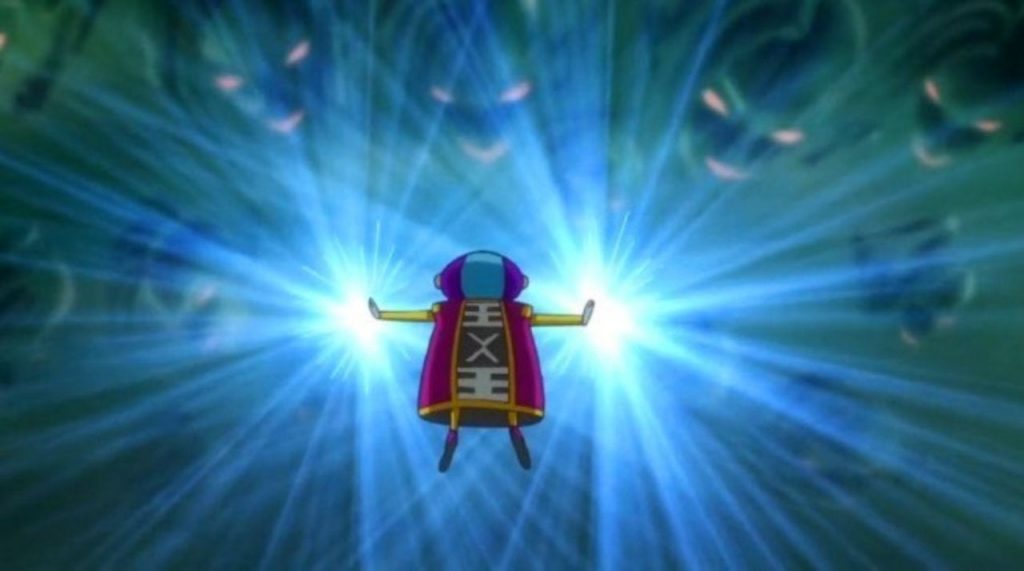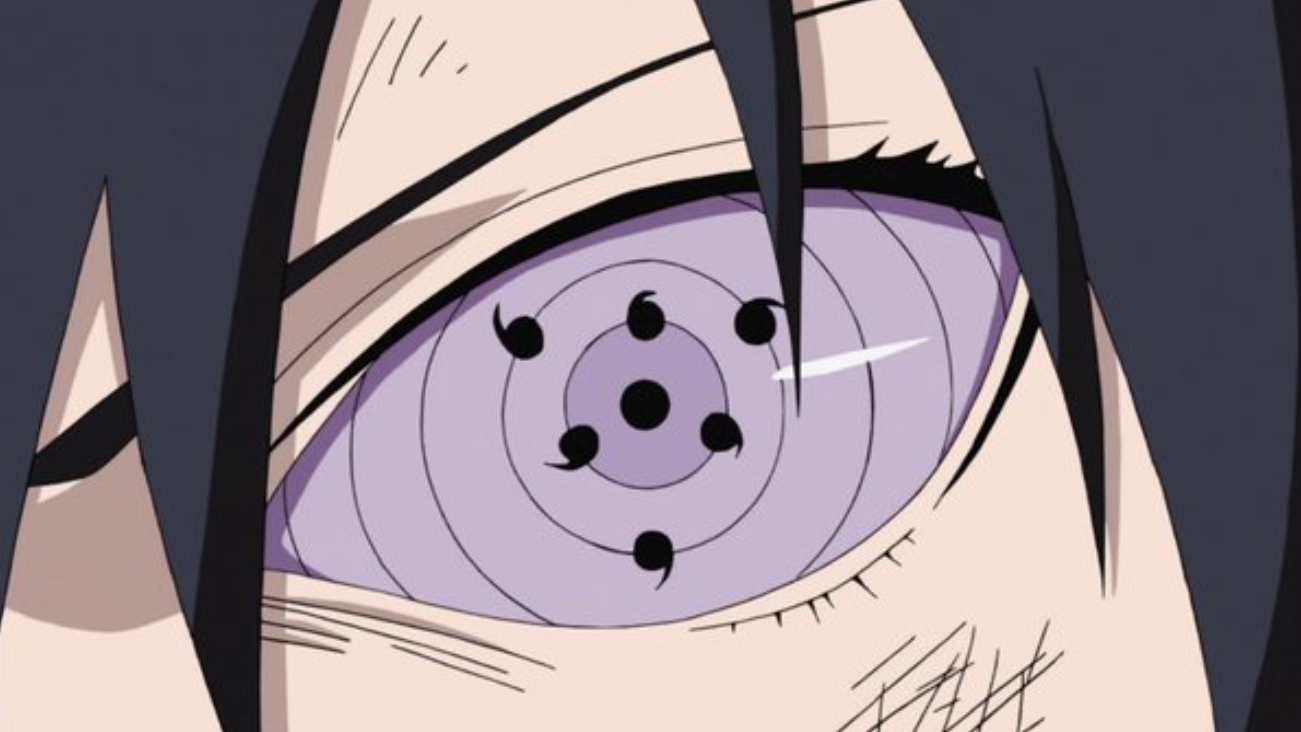Don't Miss the "Ring of Fire" Annular Solar Eclipse of 2021
PostedAt: Mon, May 10, 2021 9:39 PM
The sun and moon converged in a dazzling "ring of fire" solar eclipse Thursday, June 10, 2021., stunning sky watchers across parts of Africa, Asia and more.
.
If you keep up with celestial events, you may already know that there's more than one type of eclipse. North America won't get another total solar eclipse until May 2022, but on June 10, 2021, you can look up to catch a "ring of fire" annular eclipse. Here's what you should know to make sure you don't miss it.
.
Solar eclipse of June 10, 2021
An annular solar eclipse will occur on June 10, 2021. A solar eclipse occurs when the Moon passes between Earth and the Sun, thereby totally or partly obscuring the image of the Sun for a viewer on Earth. An annular solar eclipse occurs when the Moon's apparent diameter is smaller than the Sun's, blocking most of the Sun's light and causing the Sun to look like an annulus (ring). An annular eclipse appears as a partial eclipse over a region of the Earth thousands of kilometres wide. .What is a "ring of fire" annular solar eclipse?
It’s a special kind of partial solar eclipse. It occurs when a new moon is furthest away from Earth on its elliptical orbit — basically the opposite of a "supermoon" ..
Unlike a total solar eclipse, the moon doesn't completely cover the sun during an annular eclipse. When the moon passes between the Earth and the sun, the sun's outer edge remains visible at all times. This results in a dazzling ring of light circling the moon. .
.
When the moon is farther away from Earth, it obscures less of the sun during a solar eclipse. The satellite needs to be relatively close to our planet to create a total solar eclipse like the one we witnessed in North America in 2017. .
What can you expect to see during this "ring of fire" eclipse?
What makes this "ring of fire" solar eclipse so special is that the sun will be 99 percent obscured, so it’s almost a total solar eclipse. Unlike most annular solar eclipses, it’s expected to go pretty dark before the "ring of fire" is visible, and there may be odd animal behavior and some points of light around the moon called "Baily’s beads." It might even be possible to glimpse the sun’s outer atmosphere — the corona — a white-hot layer that is usually impossible to see. .HOW TO SEE THE ANNULAR ECLIPSE
The full "ring of fire" effect will only be visible to people in northern Ontario, Quebec, and Nunavut in Canada during the eclipse on June 10. To sky-gazers in southern Canada and the northeastern United States, the edges of the sun won't make a full circle around the moon. Instead, the moon will appear to take a bite out of the sun, turning it into a crescent shape. The full annular eclipse lasts for three minutes and 51 seconds, and it will begin at 5:49 a.m. EDT on Thursday, June 10. The partial solar eclipse will last from 4:12 a.m. to 9:11 a.m. EDT. ..
Like any solar eclipse, you will need protective glasses to look at the partial or annular solar eclipse directly. Here are more tips for safely viewing an eclipse..
.
| Date | Location | Saros | Greatest eclipse | Magnitude | Gamma |
|---|---|---|---|---|---|
| Thursday, June 10, 2021 | Earth | 147 (23 of 80) | 10:43:07 | 0.9435 | 0.9152 |











